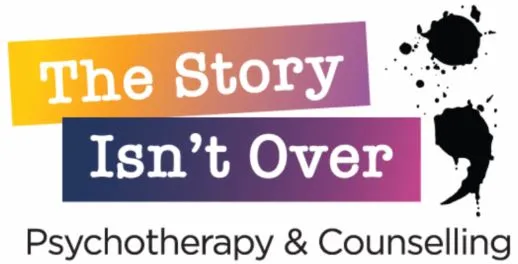Child Inclusive Mediation – A Simple Guide for Parents
When parents separate, there are many decisions to make about the future—especially when children are involved. Child Inclusive Mediation is a way to help parents make those decisions while giving children a chance to share their thoughts and feelings.
Children often have questions when their family situation changes. They might wonder:
- Where will I live?
- Will I stay in the same house?
- Will I still see both my parents?
- What about my school, friends, and activities?
- Will I still see the dog? What about Grandma and Grandad?
Child Inclusive Mediation gives children a safe space to talk about these concerns. They get to share how they’re feeling—without being asked to take sides or make any decisions.
If you and your ex-partner agree to include your child in the process, a trained mediator will meet with them privately. This usually happens at a neutral and familiar place, like a mediation office or school. The mediator will talk with your child about the issues you’ve agreed to discuss—for example, whether you’re planning to sell the family home or how they’ll spend time with each parent.
The child’s meeting is confidential. They get to decide what is shared with you, and the mediator will pass that along in a respectful way. This helps you better understand your child’s unique perspective, which may be different from your own.
Parents who hear their children’s views in mediation often work more cooperatively to create plans that meet their children’s needs.
Here are some key things to know:
- It’s voluntary: Both parents must agree to it.
- It’s confidential: Children speak freely without being placed in the middle.
- It’s supportive: It helps parents communicate and understand their child better.
- It’s respectful: Children are never asked to choose between parents or make decisions.
Child Inclusive Mediation can happen at different points in the process:
- Early on, to include children’s concerns in planning.
- After some options are discussed, to get their feedback.
- Near the end, to explain plans and fine-tune them if needed.
- Sometimes more than once, depending on the situation.
Including children doesn’t mean giving them responsibility—it simply means listening to their voices and hearing what they have to say.
How we can help
At The Story Isn’t Over, we offer Child-Inclusive Mediation to support families in hearing and honouring their children’s voices during separation. Our experienced mediators work gently and respectfully with children, helping them share their thoughts in a safe, age-appropriate way—while guiding parents toward child-focused decisions.
If you’re wondering whether Child-Inclusive Mediation is right for your family, we’d be happy to talk. Reach out to book a free consultation or to learn more about how we can help.


